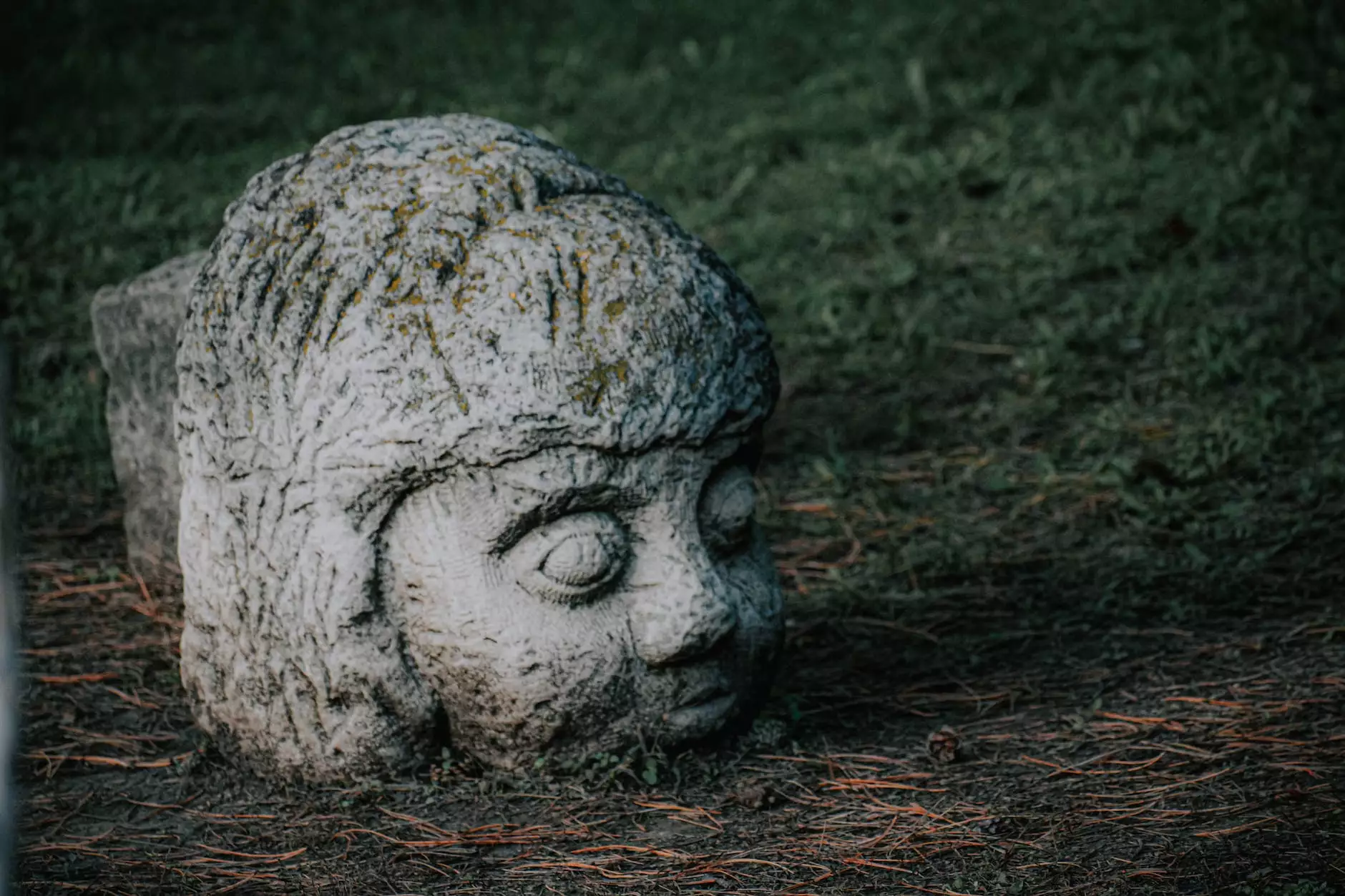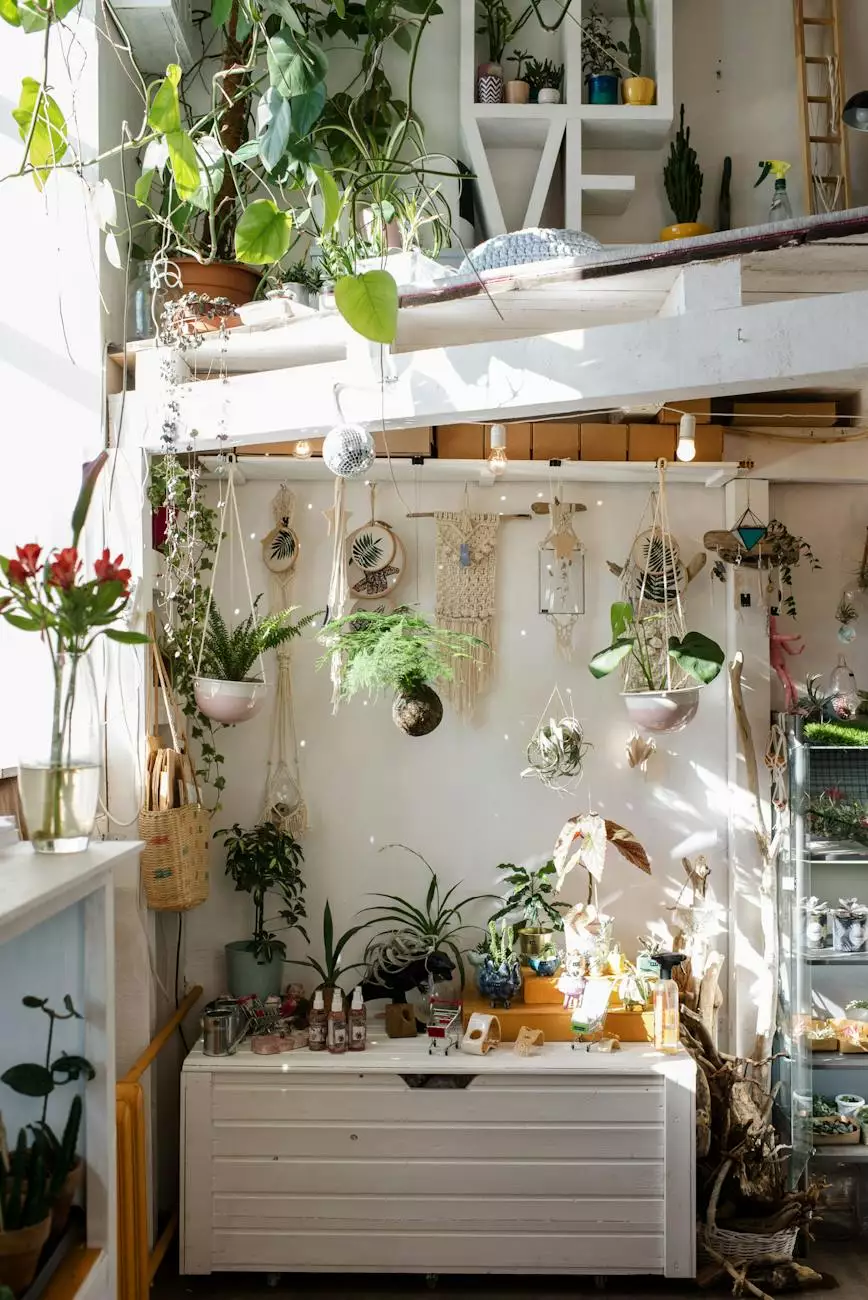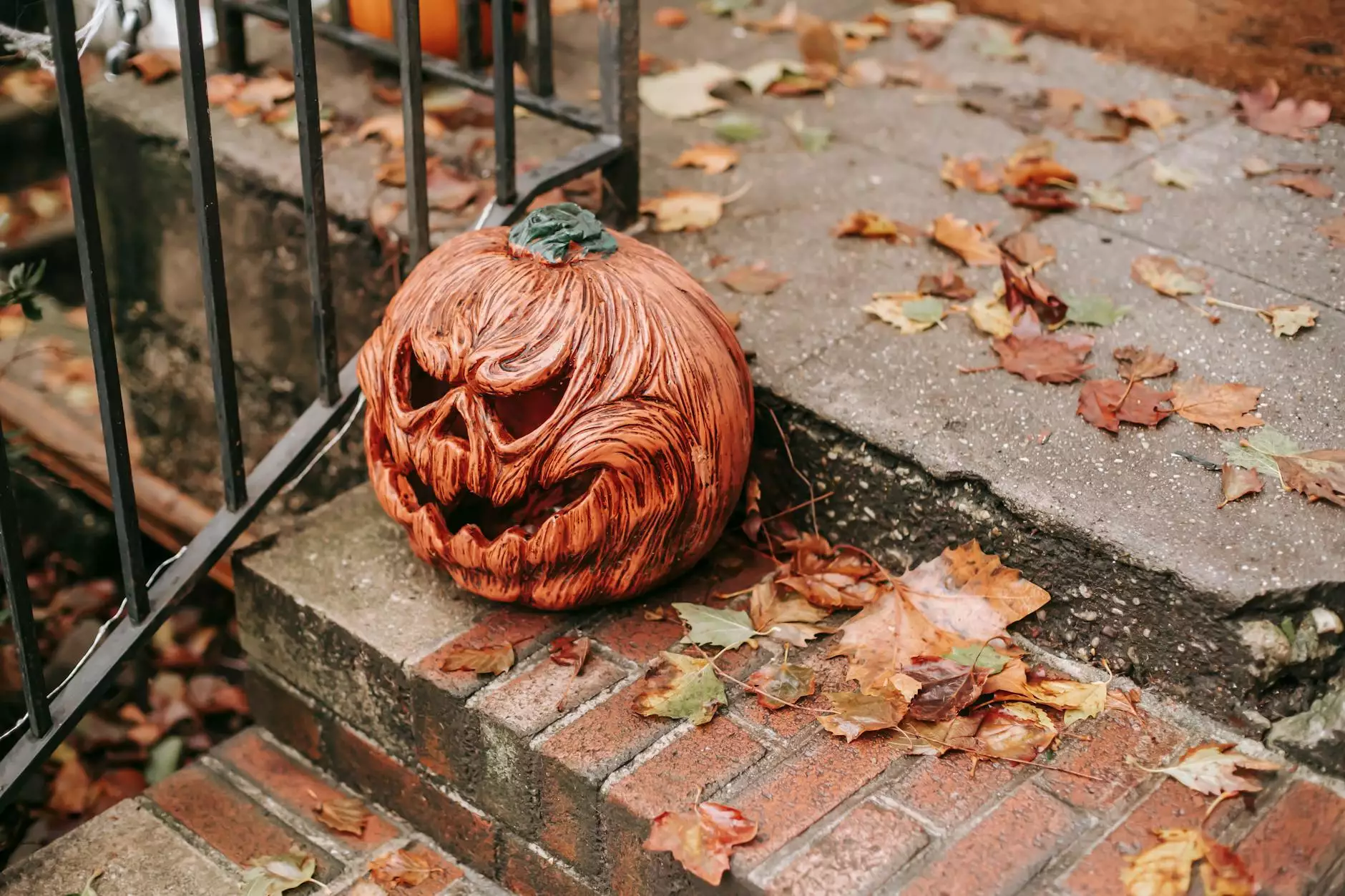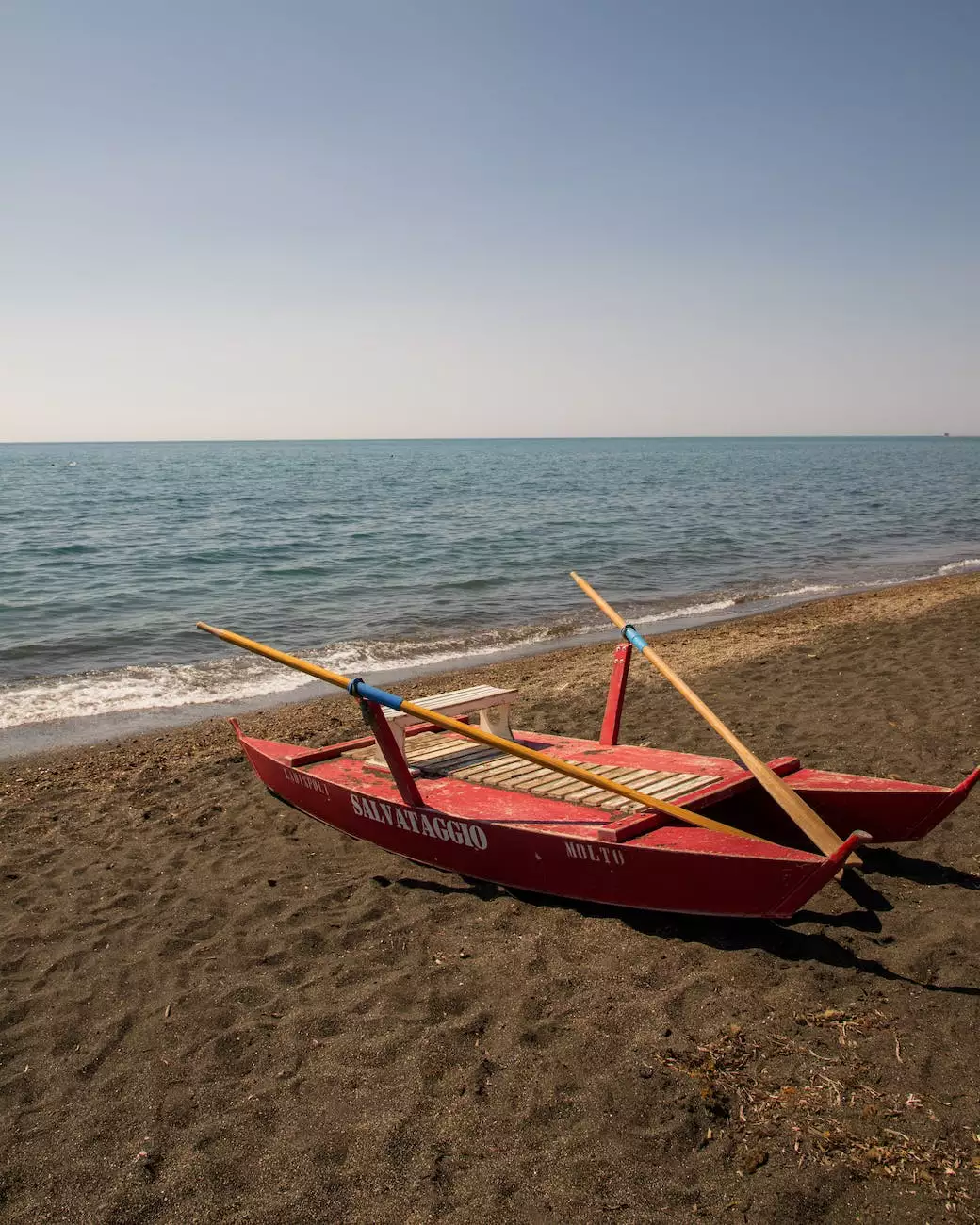Saving Seeds for Next Season

The Importance of Saving Seeds
When it comes to gardening, one of the most rewarding steps you can take is saving seeds for next season. Not only does this practice help you maintain the genetic diversity of your plants, but it also saves you money and ensures a successful harvest in the future. By saving seeds, you can continue growing your favorite varieties year after year and even pass them on to friends and family.
Choosing the Right Plants for Seed Saving
In order to save seeds effectively, it's essential to choose the right plants. Start by selecting healthy, vigorous plants that exhibit desirable traits such as disease resistance, flavor, or unique characteristics. These traits will be passed on to the next generation, so it's important to pick plants that will produce a successful and enjoyable crop.
Open-Pollinated vs. Hybrid Plants
When selecting plants for seed saving, it's important to understand the difference between open-pollinated and hybrid plants. Open-pollinated plants are pollinated by natural means such as wind, insects, or birds, resulting in offspring that closely resemble the parent plant. On the other hand, hybrid plants are created by cross-breeding two different parent plants and will not produce consistent offspring.
Harvesting and Preparing Seeds
Once your plants have matured and produced seeds, it's time to harvest and prepare them for storage. Different plants require different seed-saving techniques. For example, you might need to allow the seeds to fully ripen and dry on the plant, or you might need to extract them from a fruit or pod.
Basic Seed-Saving Techniques
Here are some basic seed-saving techniques to get you started:
- Beans and Peas: Allow the pods to dry on the plant, then remove and shell the seeds.
- Tomatoes: Collect seeds from ripe, fully developed fruits and ferment them to remove the gel coating.
- Lettuce and Greens: Allow the plants to bolt and produce flowers. Once the flowers turn into seed heads, collect and dry them.
Storing Seeds for Longevity
Proper seed storage is essential for maintaining their viability over time. Seeds should be stored in cool, dark, and dry conditions to prevent moisture and temperature fluctuations. It's also important to label your seeds with the variety, date, and any other relevant information to ensure proper identification in the future.
Seed Storage Containers
There are various options for seed storage containers, including glass jars, envelopes, or moisture-proof bags. Choose a container that provides an airtight seal and consider adding a desiccant packet to absorb any excess moisture.
Seed Viability and Germination Testing
Over time, the viability of seeds can decrease, resulting in lower germination rates. To ensure the success of your saved seeds, it's a good idea to periodically test their viability before planting. There are several simple germination tests you can perform to determine the percentage of viable seeds.
Performing a Germination Test
To perform a germination test, select a sample of seeds and place them on a moist paper towel. Keep the towel moist and wait for the seeds to sprout. Count the number of seeds that successfully germinate, and calculate the germination rate as a percentage.
Sharing Seeds and Building Community
One of the most rewarding aspects of seed saving is the ability to share your abundance with others. By exchanging seeds with fellow gardeners, you can expand your plant collection, discover new varieties, and contribute to the preservation of heirloom plants. Consider joining seed-saving organizations or participating in seed swaps to connect with like-minded individuals and build a vibrant gardening community.
Conclusion
Saving seeds for next season is a rewarding and fulfilling practice that allows you to maintain the biodiversity of your garden, save money, and ensure a successful harvest year after year. By following the tips and techniques outlined in this guide, you'll be well on your way to becoming a proficient seed saver and contributing to the preservation of plant diversity.










